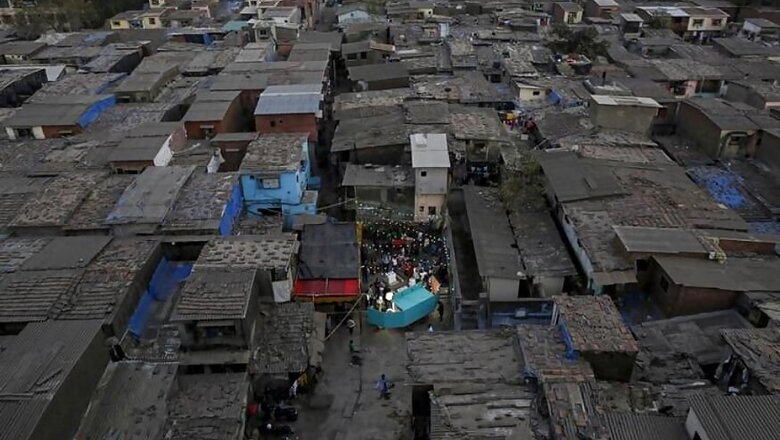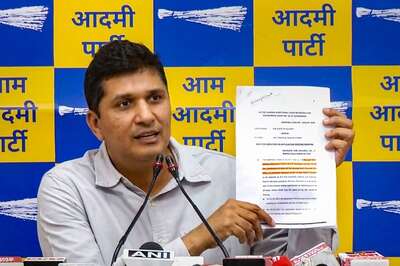
views
Mukesh Mehta, a noted architect who has studied urban slums in India for the past 23 years, and who conceptualised the original Dharavi redevelopment project, talks to News18 about the steps that can be taken in such high-density areas to contain the spread of Covid-19 virus.
Mehta thinks that the only way the spread of coronavirus can be checked is by developing local leadership and using technology to enable them to fight it on a hyperlocal level. Excerpts:
The first Covid-19 positive case in Dharavi was reported on April 2. Within 20 days, the urban slum spread of 5 sq km saw 11 deaths and close to 170 positive cases. Given its ultra-high density, how does one contain the spread of the deadly virus?
To understand how difficult it is to maintain distancing in Dharavi, let's try to understand the layout of the area first. Dharavi is an urban slum with the highest density of people perhaps anywhere in the world. There are 650 families or 3,300 people living in every hectare of that area. Anywhere between 20 and 50 families have to share one community toilet and one water tap. On an average, each hutment is spread from 100 to 200 sq mts and houses between five to eight people.
And a lot of houses don't have windows. The main door is the only source of ventilation. The houses in the opposite land are three to four feet away.
Given all the space constraints, how can people within a hut maintain distance? How can people walking in opposite directions not touch each other and avoid each other while going to fill their buckets of water, fetch food, etc.? So social distancing cannot simply happen in such circumstances. It is impossible.
The only way to go about containing the virus is to introduce regulation and discipline and that can only come from local leadership. The government needs to create leadership in small groups.
Subdivide the slum into clusters and have hunderds of leaders govern each cluster, give them the necessary training and supervise their work.
Do you think this strategy will work in other similar hotspots across the country?
I have seen and studied slums in Odisha, Rajasthan, Madhya Pradesh and in many other states for several years. I can tell you that each slum is unique and presents its own set of challenges. But the principle that I have suggested for creating leadership and letting them work in their areas will broadly work for each slum.
The chief minister or senior bureaucrat of a state cannot deal with everyone's issues. The CM can talk to all the municipal commissioners of his state, they can reach out to ward officers, who, in turn, can get in touch with their officers on ground. But for this chain to be effective, you need leadership chain that reaches the last person on the ground.
In this age of technology, one can connect with groups and chains through various media. It is possible to have such hyper-local leaders who constantly keep updating senior officials of the work being done on ground and seek their guidance.
This sort of arrangement is essential for urban slums because the distress among people — whether it be about food or water or sanitation —is several times more than the needs of rich people. People living in slums will need to go out and look for food more often than those in a high-rise apartment. We need to appreciate this difference. And look at the battle of this pandemic as if this were like a war related crisis. We will need to create an army of local leaders who will regulate the movement of people in their areas — when they go out to fetch water or to buy food — so that social interaction is kept to a minimum.
Unless you empower people and trust them to do their jobs, it will be very difficult to bring situation under these high-density areas under control.




















Comments
0 comment